In the village of Waterfoot on the outskirts of Glasgow, a lady in her thirties is explaining to her local Conservative MP, Paul Masterton, why he has her vote. It can’t exactly be described as complimentary. ‘We were talking about this the other night. Corbyn’s an absolute clown and Nicola’s just horrific so… I don’t want to say the best of a bad bunch…’ Masterton chips in before things get awkward: ‘Don’t worry.
Already a subscriber? Log in
Subscribe for just $2 a week
Try a month of The Spectator Australia absolutely free and without commitment. Not only that but – if you choose to continue – you’ll pay just $2 a week for your first year.
- Unlimited access to spectator.com.au and app
- The weekly edition on the Spectator Australia app
- Spectator podcasts and newsletters
- Full access to spectator.co.uk
Or
Unlock this article
You might disagree with half of it, but you’ll enjoy reading all of it. Try your first month for free, then just $2 a week for the remainder of your first year.


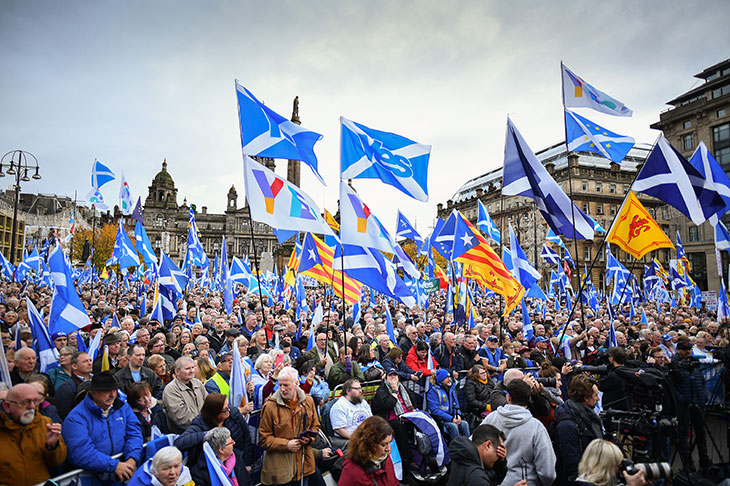
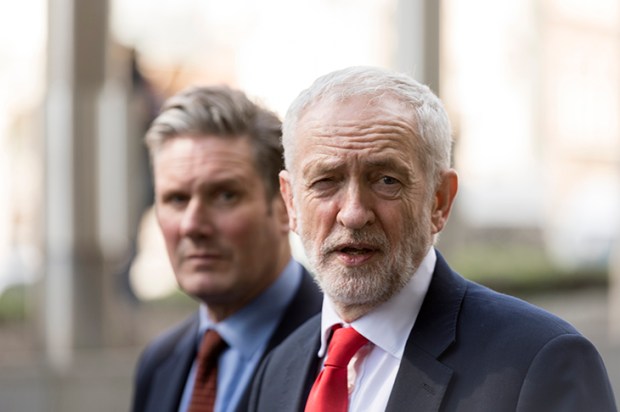
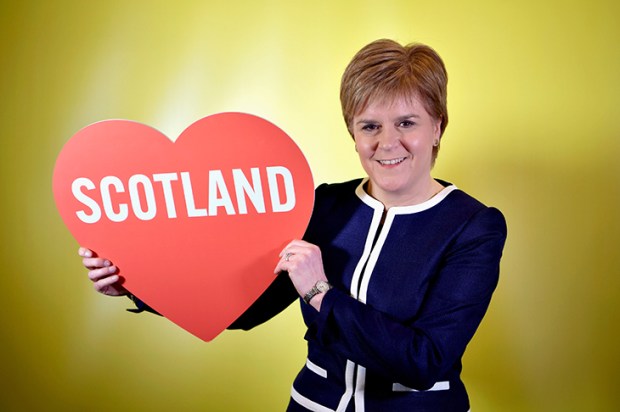
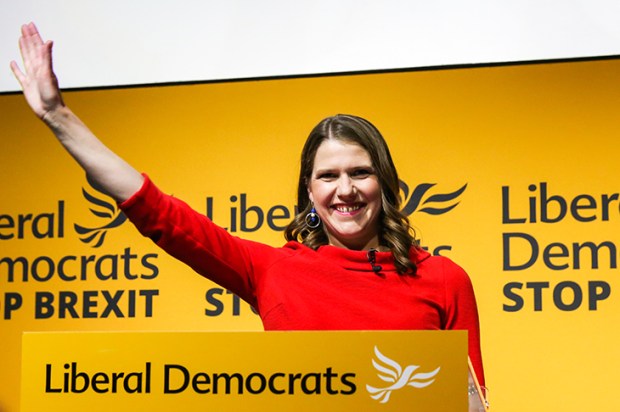
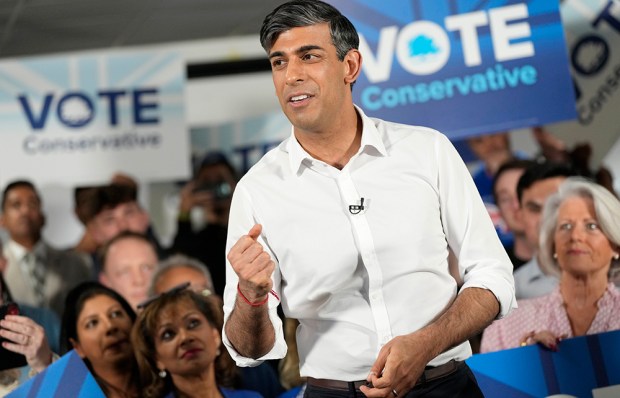








Comments
Don't miss out
Join the conversation with other Spectator Australia readers. Subscribe to leave a comment.
SUBSCRIBEAlready a subscriber? Log in